
Israel have always had few allies in the Middle East in its fight for self-preservation. However, one small ethnoreligious group is an exception. The Druze have sided with the Jewish state ever since its inception, adhering to a ‘covenant of blood’ between Jews and the Druze.
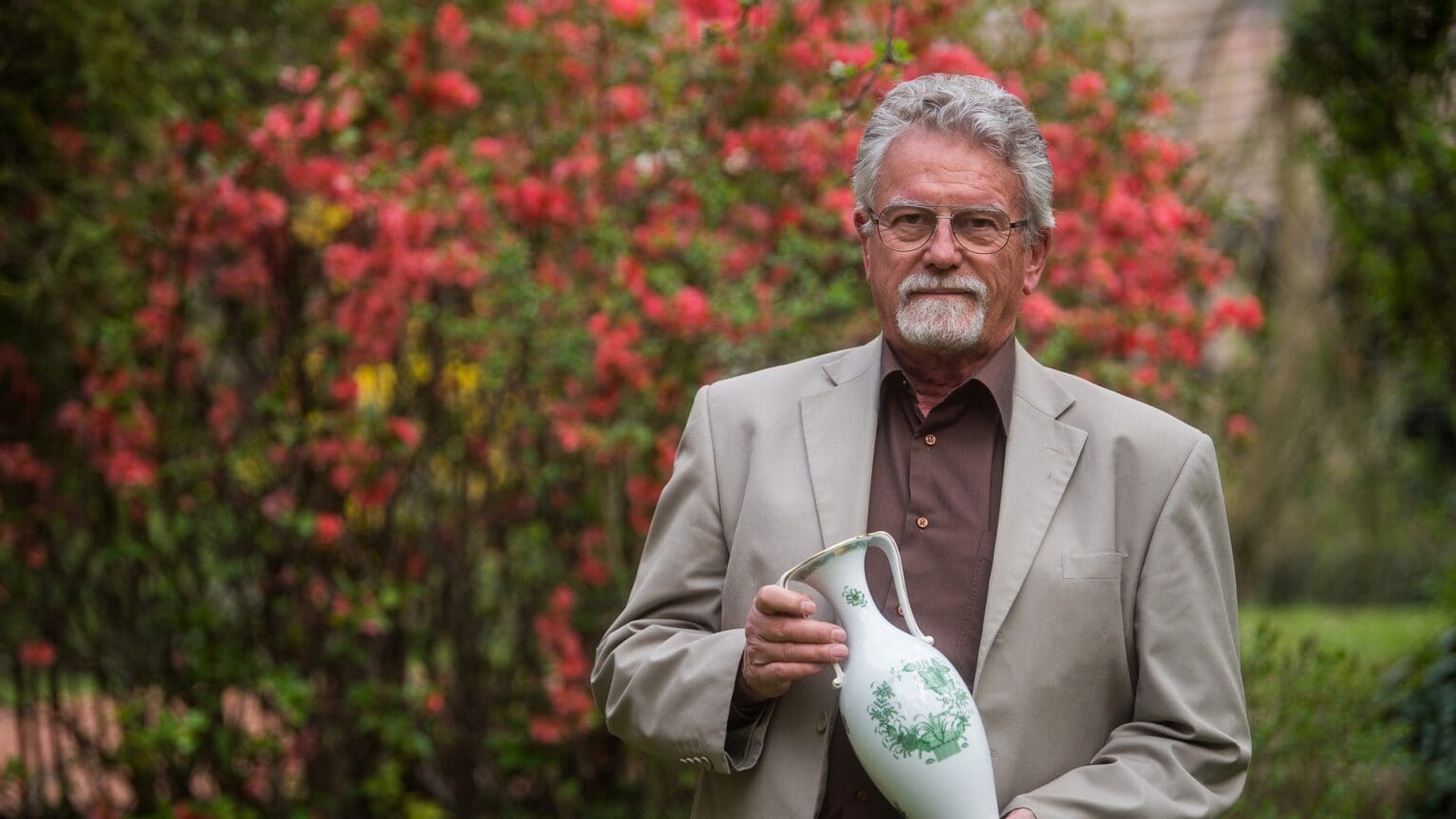
Jankovics, best known for creating the classic animated TV series Hungarian Folk Tales (Magyar Népmesék, 1980–2012), was born 81 years ago today. This piece celebrates the long and illustrious career of the great Hungarian cartoonist and film director.
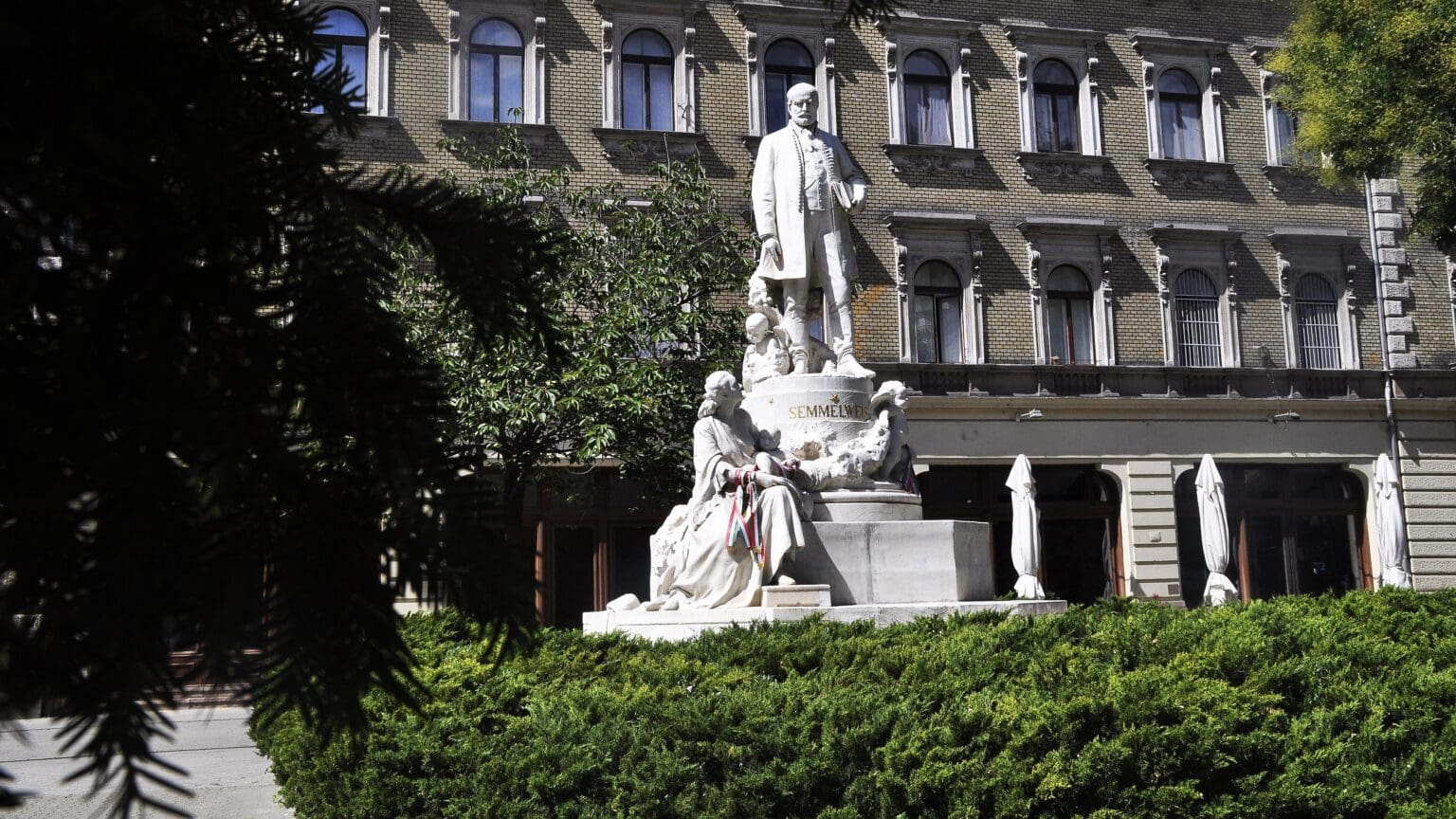
Lajos Koltai’s film, produced by the Szupermodern Film Studio with the support of the Hungarian National Film Institute (NFI), portrays the life and work of Ignác Semmelweis, the world-famous Hungarian obstetrician who challenged traditional theories and sought to combat one of the most devastating diseases of the 19th century, puerperal fever.
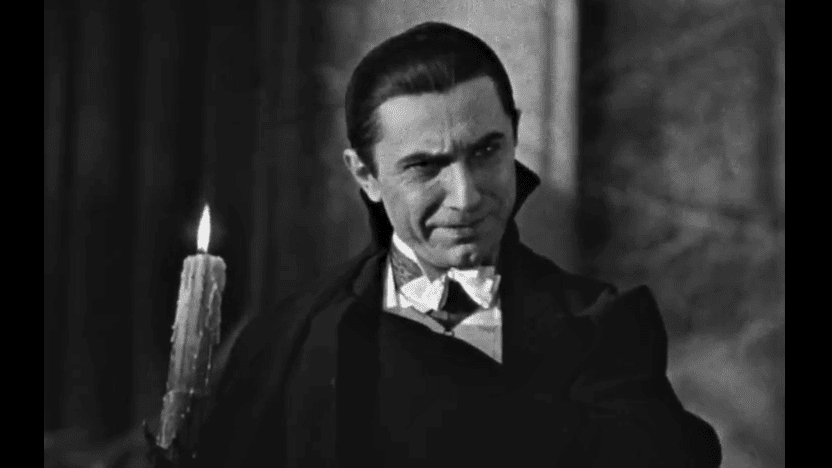
‘Everything changed in his life when the immaculately dressed Lugosi stepped into the film spotlight. His forbidding way of welcoming people, the aristocratic touches, his charms and menacing looks all clearly define what everyone sees as Dracula—Béla Lugosi’s Dracula—then as well as now. This was his achievement and accolade alone, as no future vampires came anywhere close.’

The Hungarian-Dominican Vincent Valerio-Bodon was released from the 17-time NBA champion Los Angeles Lakes after playing a pre-season game for the team. Had he been able to make it in the NBA, he would have gotten into a very exclusive club of Hungarian players.
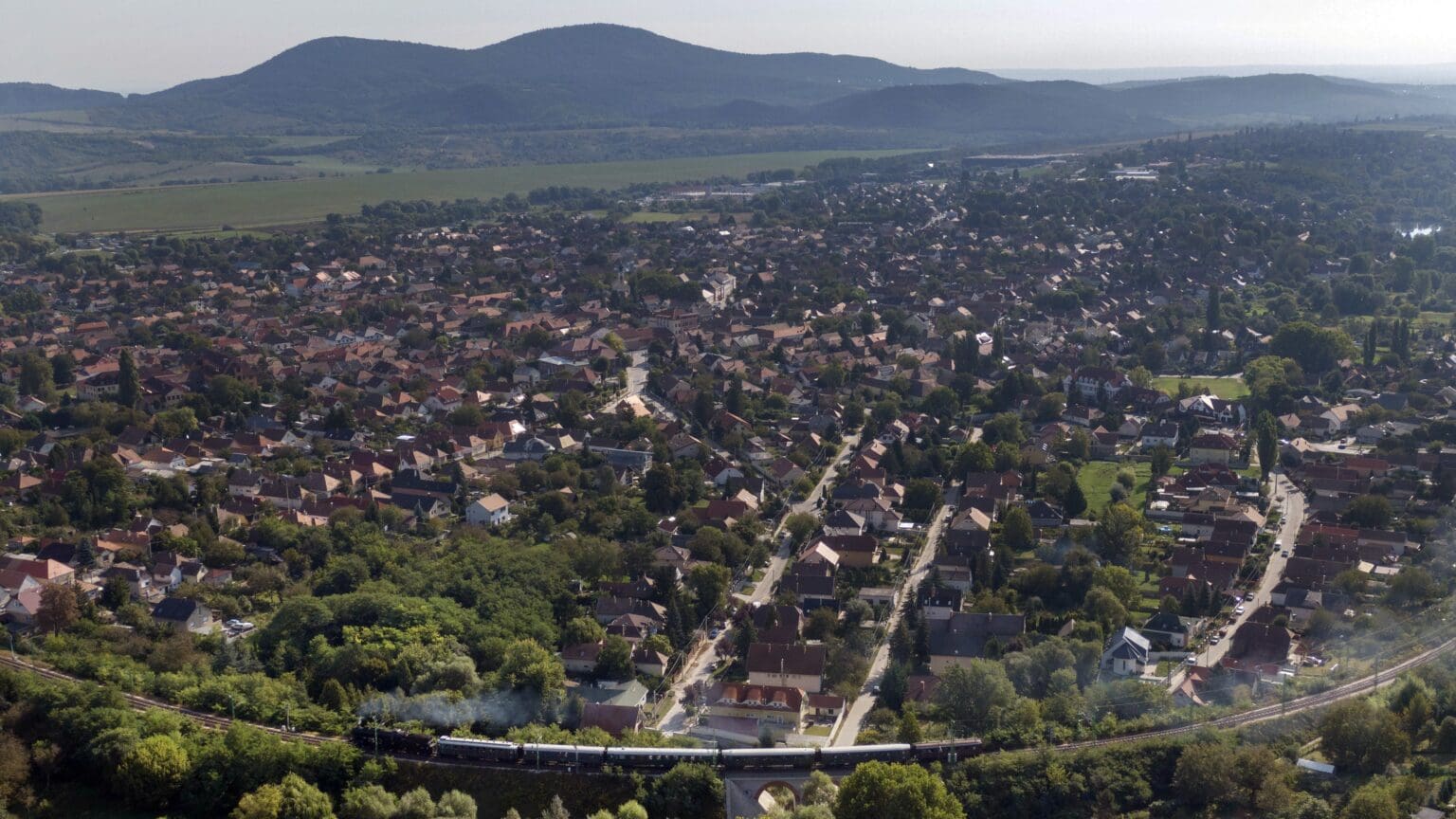
Experts once again examined the country’s 174 districts and Budapest, to to assess their liveability based on factors like education, healthcare, culture, crime, the job market, shopping opportunities, and housing affordability.
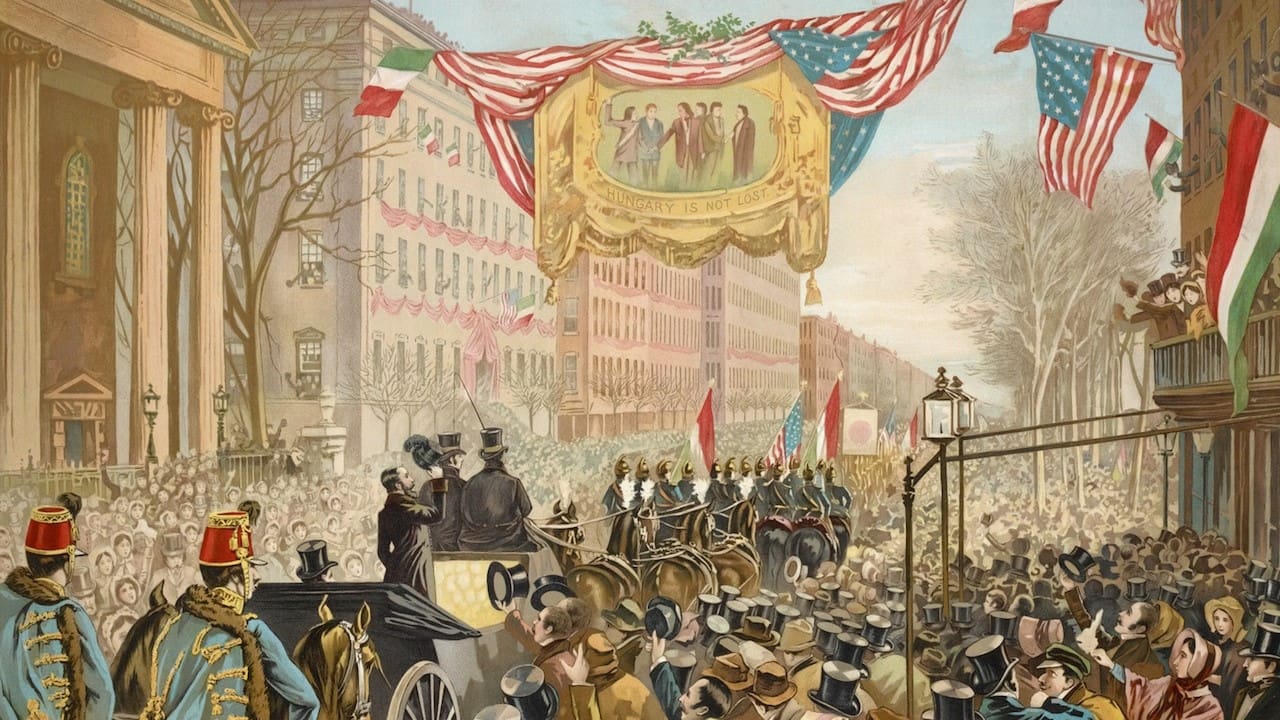
Hungary is not just a great country to live in, but also a nation with rich history that sparked the attention of many excellent historians from all around the world. A list of books about Hungarian history definitely worth reading.
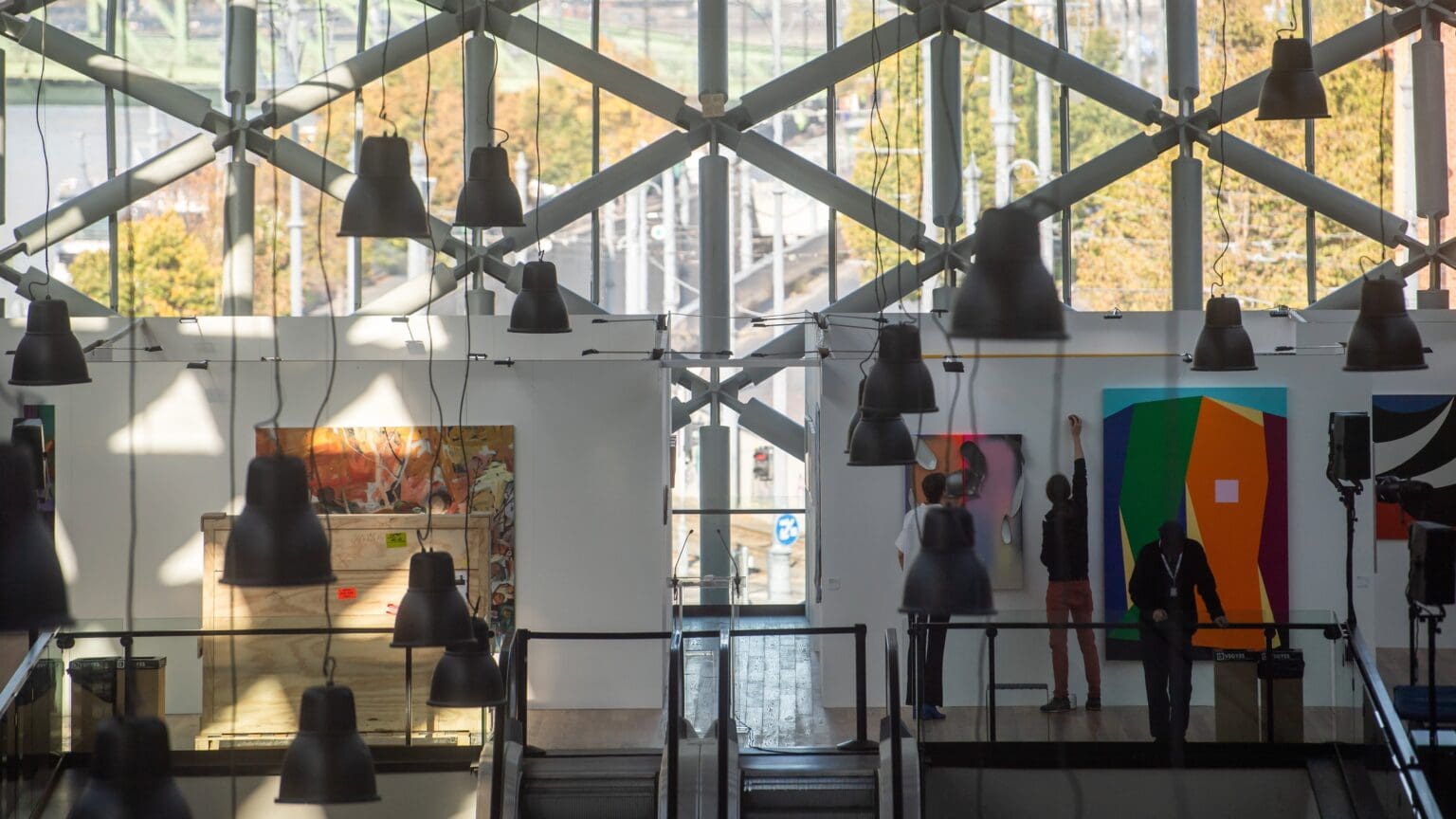
The galleries exhibiting at the largest stands include Hungary’s acb and Erdész Gallery, Germany’s M Beck and Art Affair, Columbia’s Adrian Ibanez and Romania’s Jecza. Hungary will be represented by close to 50 exhibitors featuring some 300 artists.

The exhibition from the Seoul History Museum in Budapest presents the daily life and holidays of Koreans, as well as the system of values and symbols that permeates their society in the delicate patterns and variations of clothing and interior design. In each piece of clothing, not only Seoul’s traditions, the wearer’s status, education, age, and gender are represented, but also their fate and daily life.
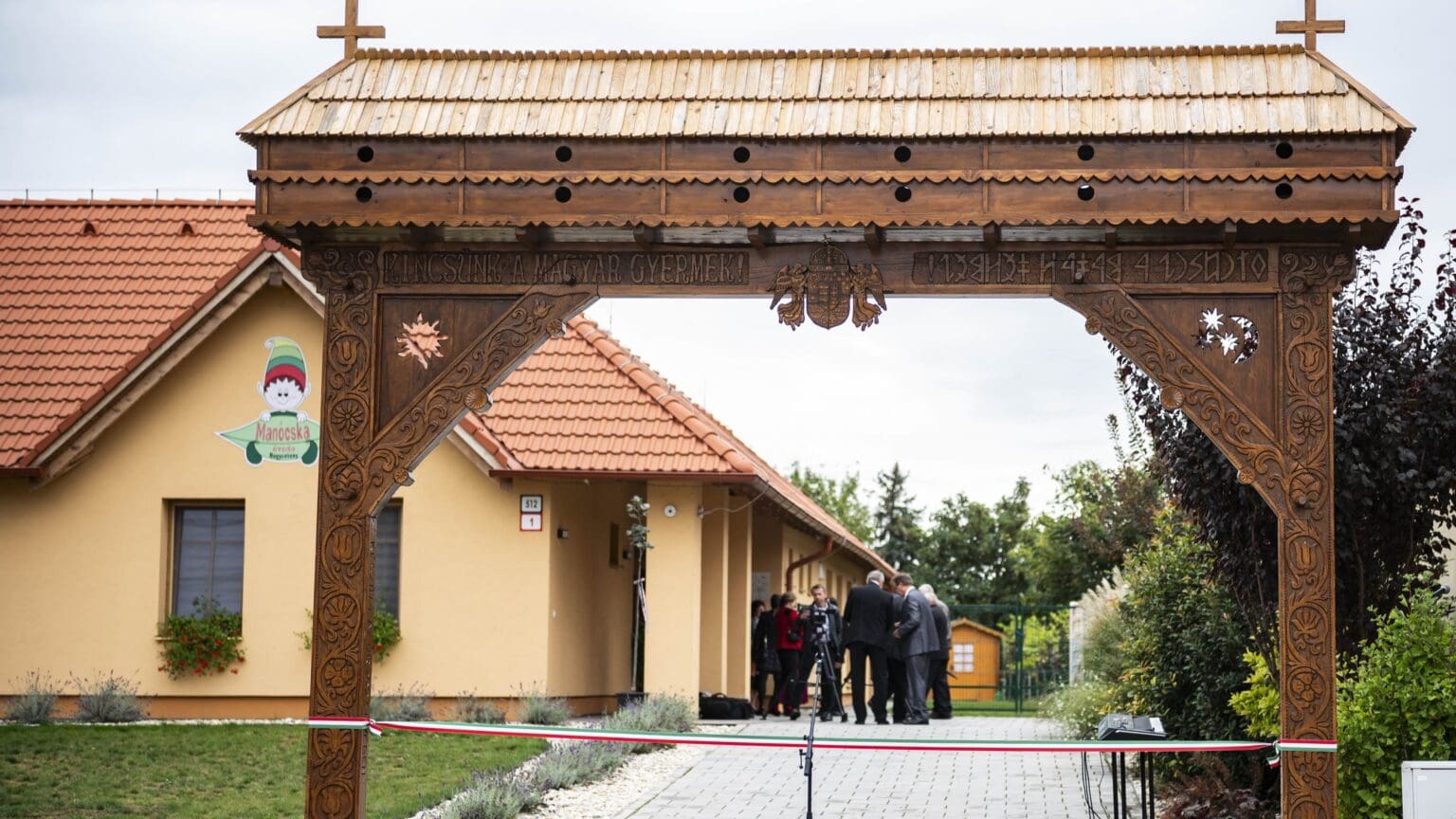
The Collection of Hungarikums has expanded with two new additions. The Szekler gate and the lángos. With the two new additions, the number of elements in the collections raised to 89.
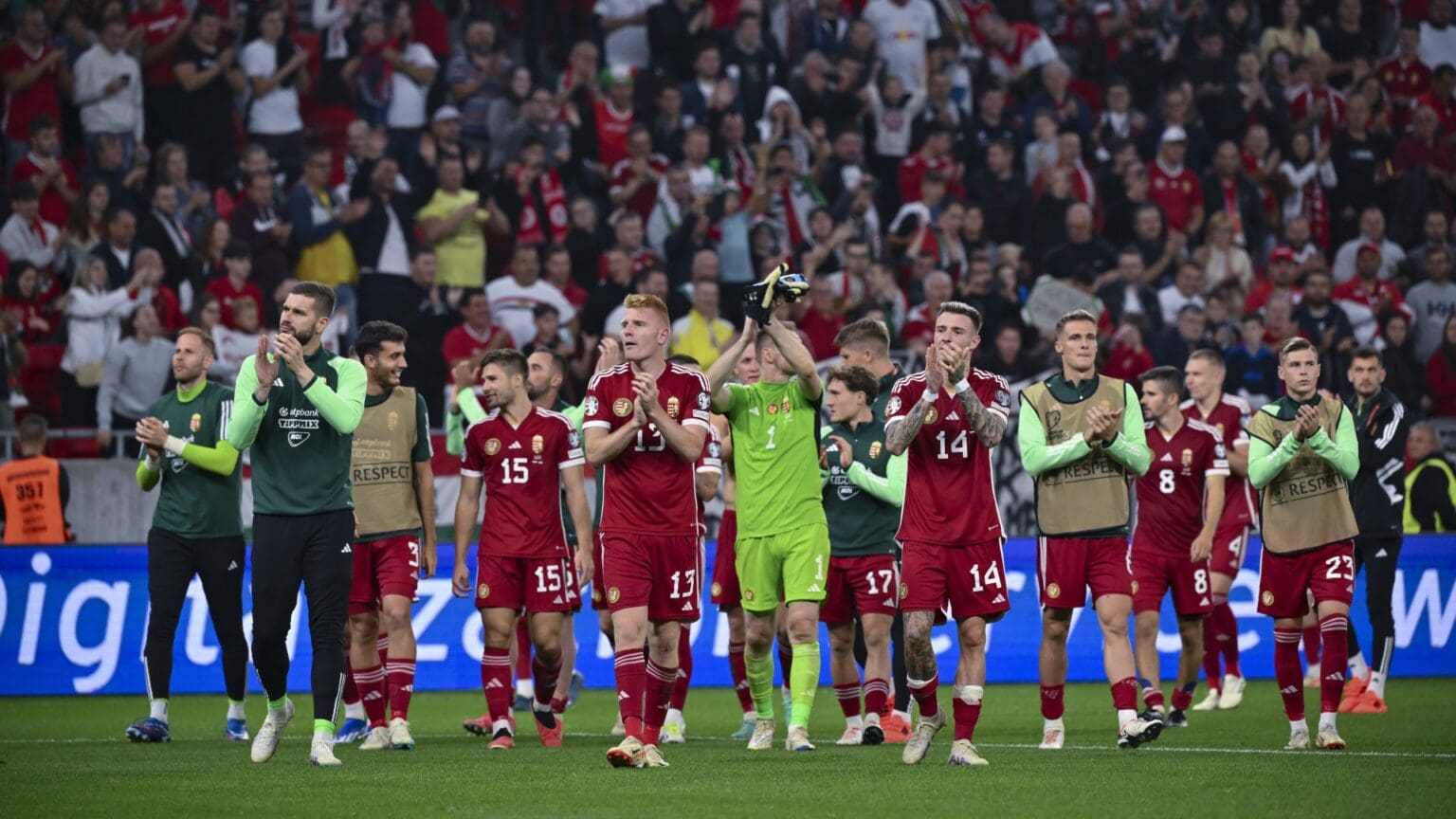
The Hungarian Football National Team can secure a place at the Euro 2024 in Germany as early as tonight if they manage to beat Lithuania, which they are well positioned to do.
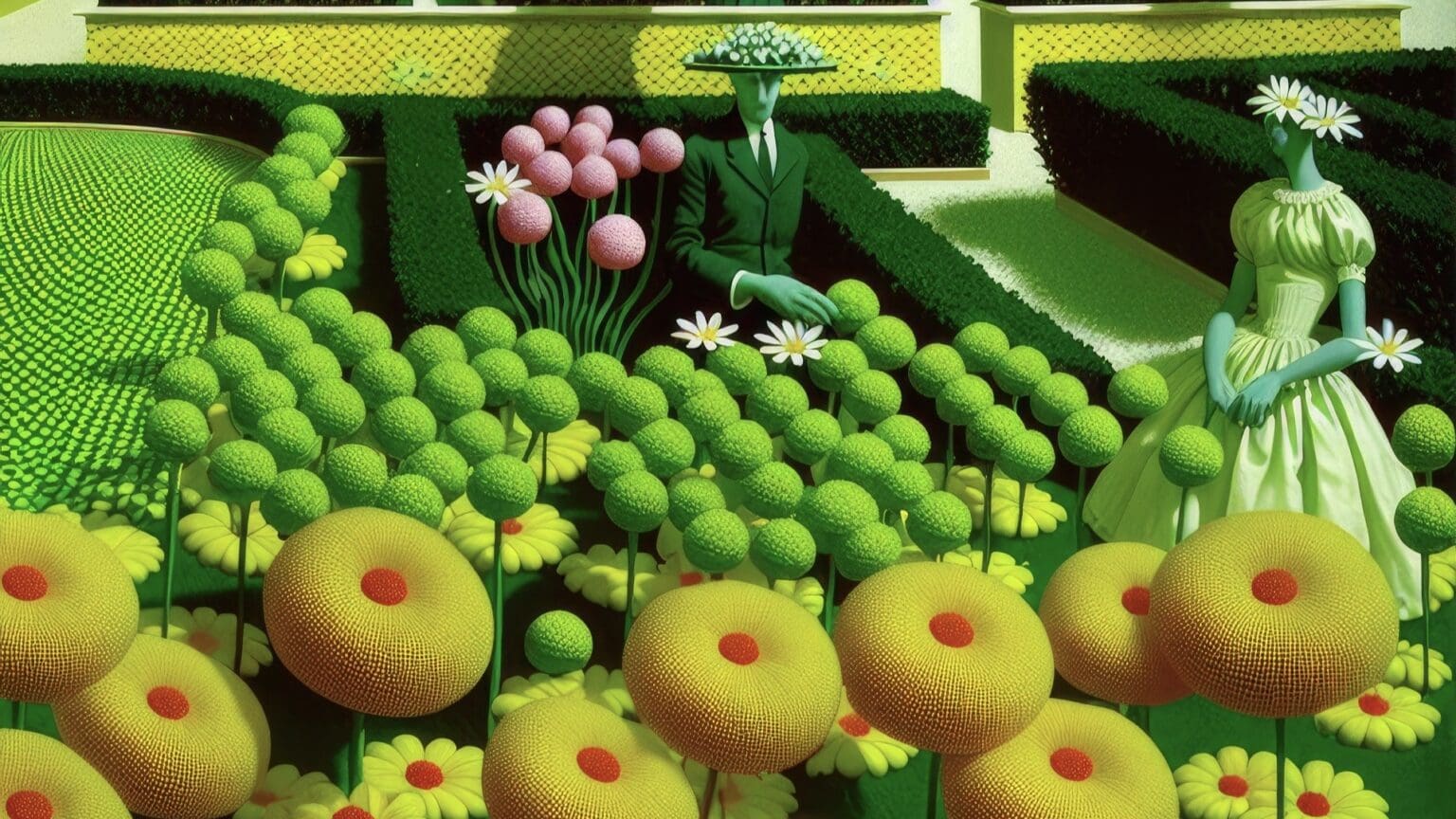
The Festival of Lights is traditionally one of Berlin’s most spectacular community events in autumn. This year marks the 19th edition of the ten-day festival, with nightly projections taking place at 43 locations, including several iconic landmarks. The Hungarian Cultural Institute is participating with a partly AI-generated video animation based on the most popular poems of iconic 19th century poet Sándor Petőfi.

The Canadian TV network Global TV has recently premiered their new drama series Robyn Hood (their choice of spelling) where the titular character is played by black female actress Jessye Romeo. This is just the latest example of historically white characters being played by actors of colour in Western entertainment.

The anti-Zionist Orthodox Jews demonstrating in New York are therefore not necessarily a curiosity. They are representatives of an old and historically legitimate school of thought, albeit completely marginalized and despised in their own religious milieu as well. Their presence simply demonstrates that Judaism is diverse, that there are all kinds of trends within it, and that it is not possible to treat this community as a single monolith.
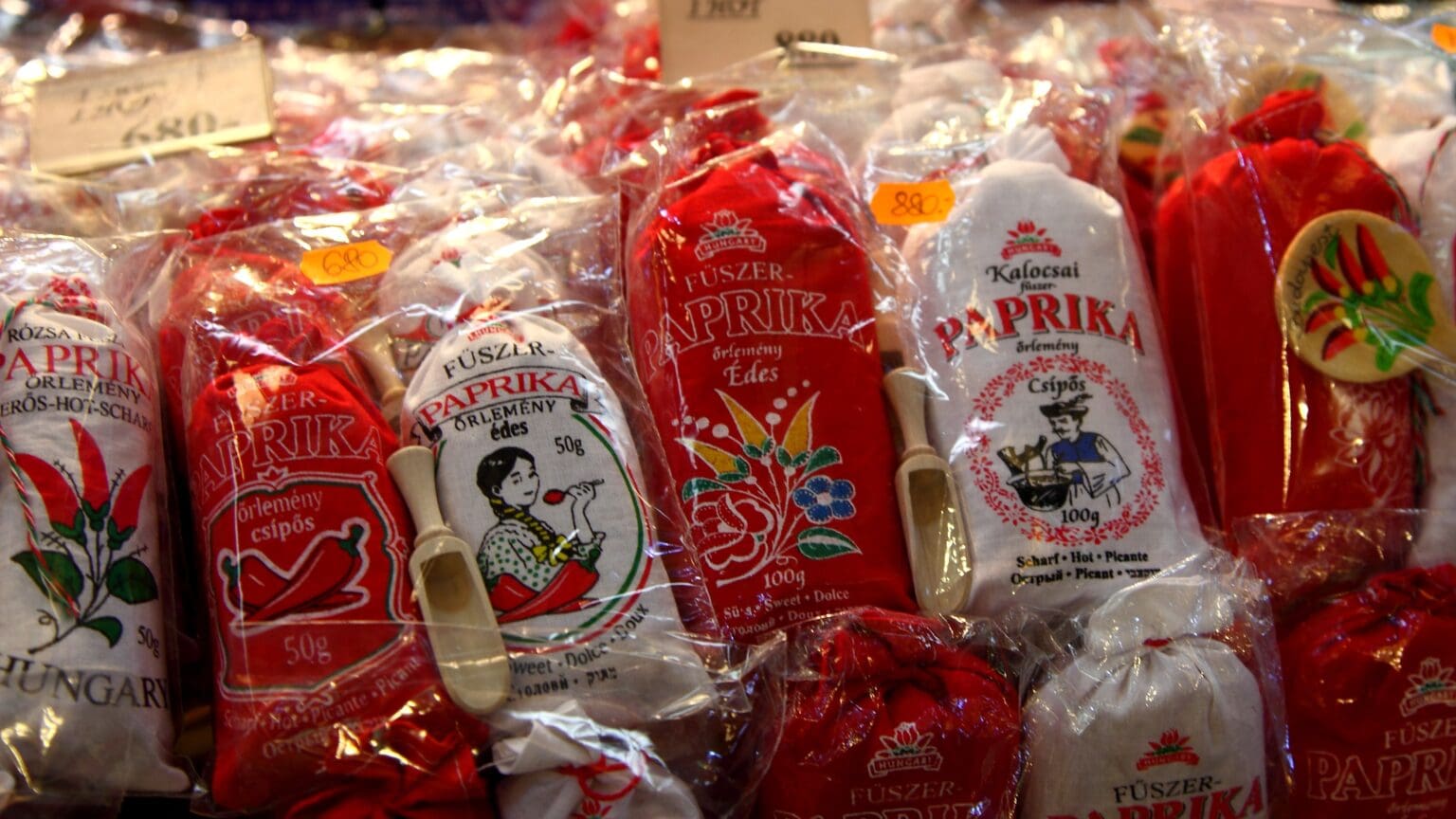
Paprika is more than just a spice – it is part of how Hungary is perceived, it is part of what Hungary is.
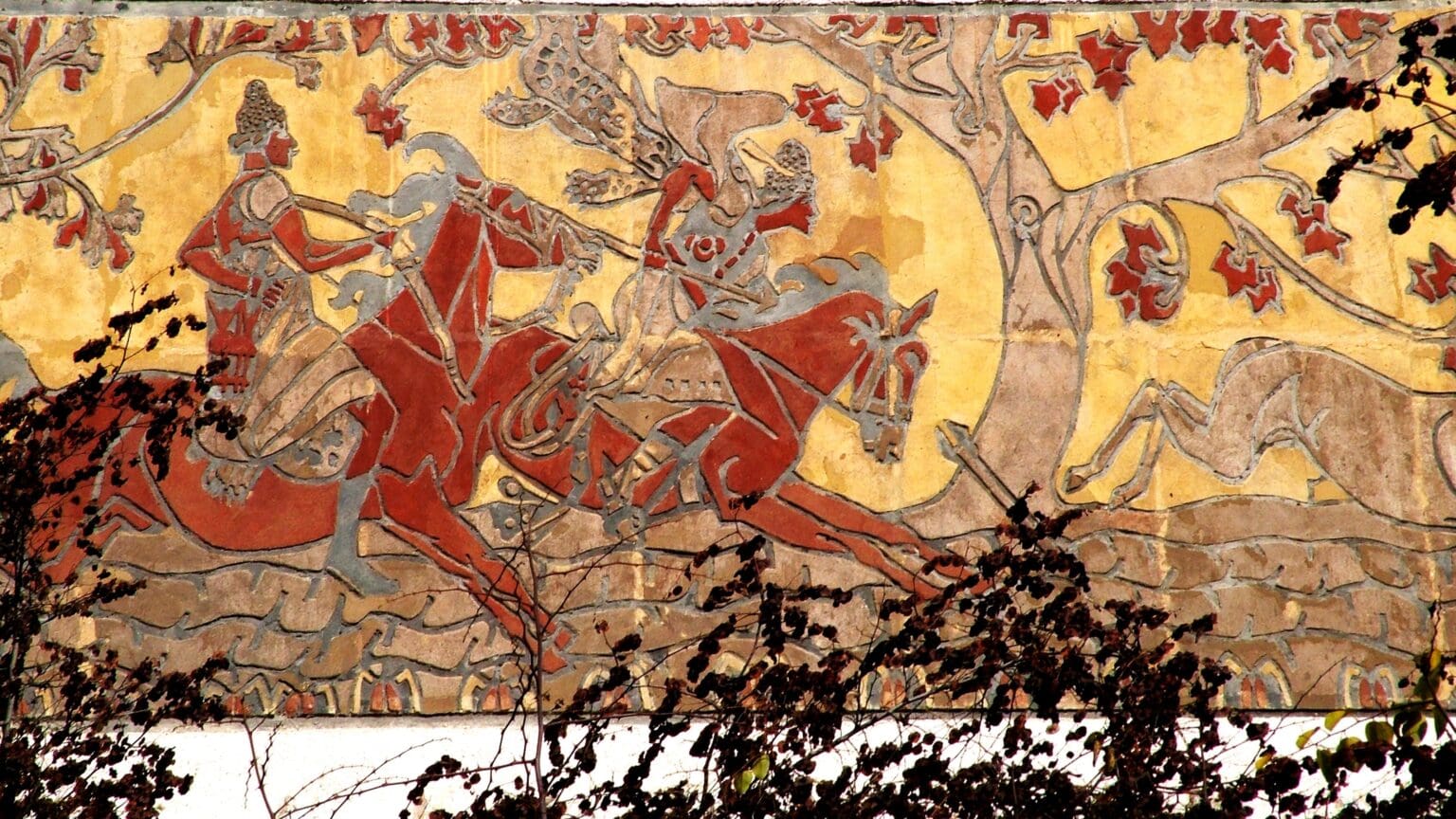
The Wondrous Stag that, according to the legend, led Hungarians to the Carpathian Basin is one of the most significant animals in the before-Christ Hungarian worldview. As in many other ancient myths of origin, the Magyars believed their ancestors had either been animals or turned into animals after their passing—a common trope among probably all world cultures, somehow deeply ingrained into our psyche. As recorded in the Gesta Hungarorum, the Turul was believed to be the Árpád dynasty’s totemic ancestor.
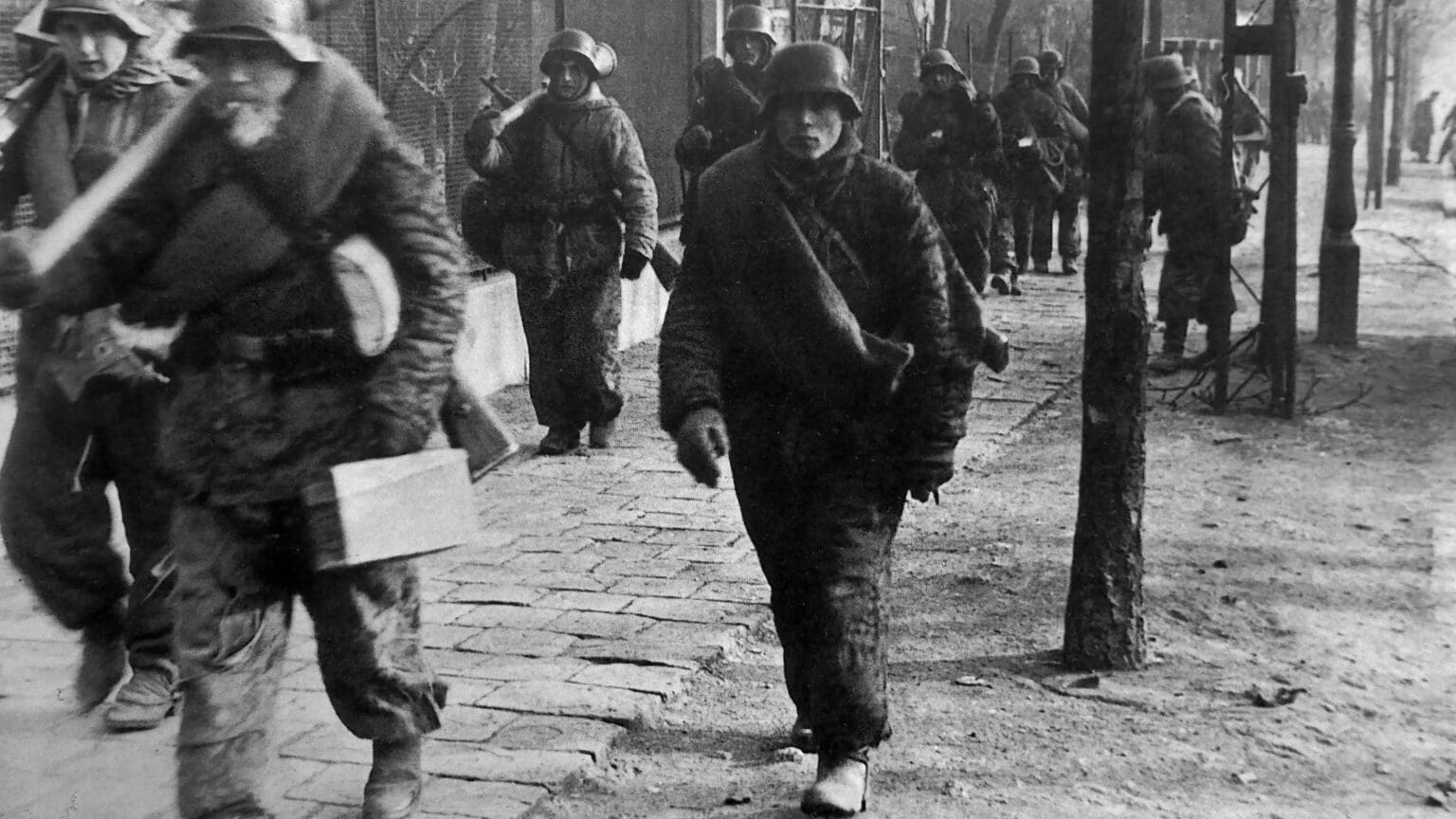
On 15 October 1944, Horthy made an unsuccessful attempt to exit the Second World War. The operation failed due to a number of reasons: the resistance of some officers of the Royal Hungarian Army, organisational mistakes and pre-emptive actions by the Nazi secret service. Horthy was soon forced to resign.
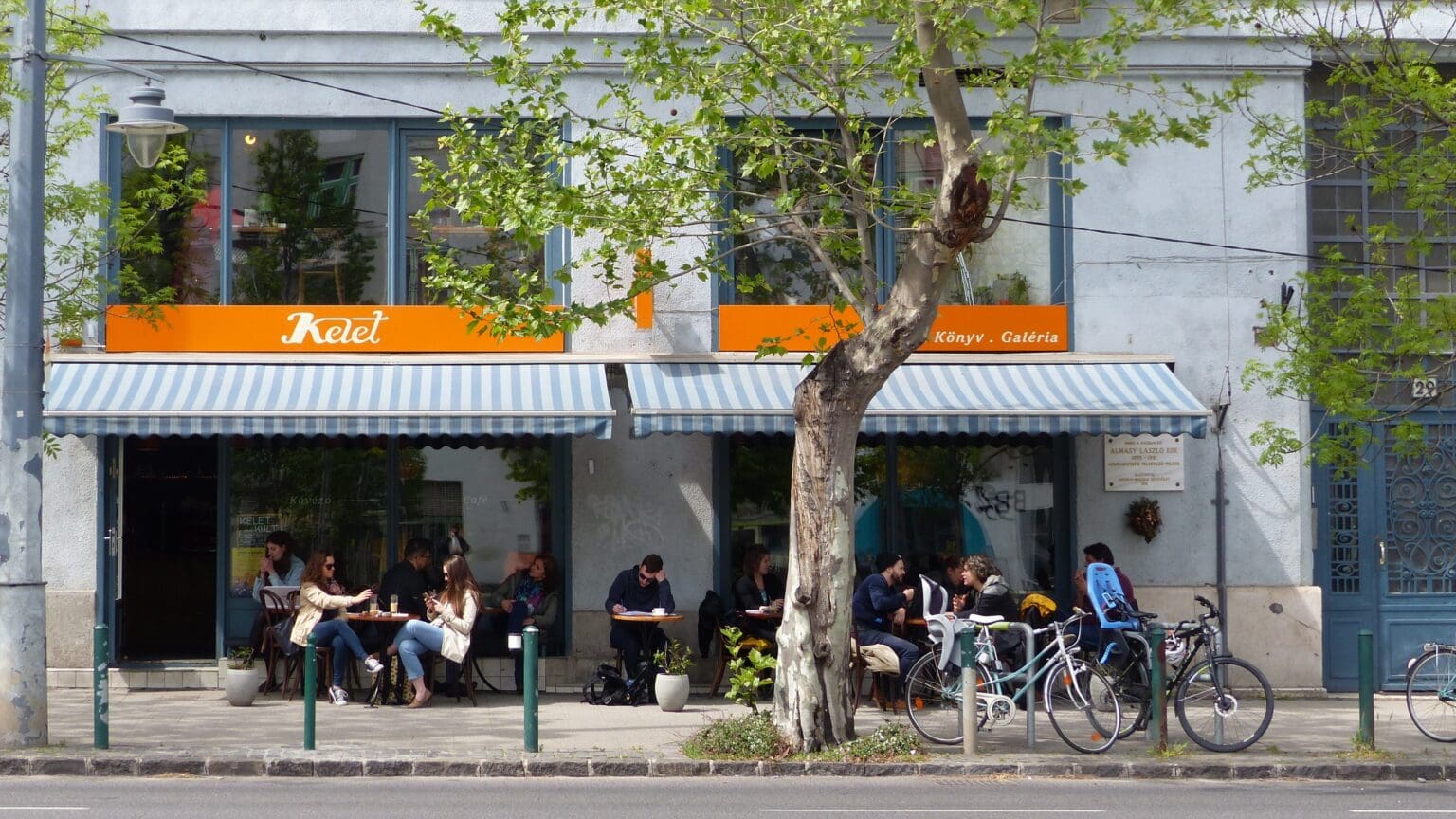
Popular for its oriental gastronomy and classic café atmosphere, this busy spot of the capital has become a real cultic public space over the past years. It is open every day of the year, from morning till night, and is always full of students, writers, actors, journalists, artists, freelancers from the creative professions, and anyone else who wants to be part of one of the most, if not the most, chic meeting places on the bustling Bartók Béla Boulevard.

The Kopp Mária Institute for Demography and Families (KINCS) held a conference to mark World Mental Health Day on 10 October, unveiling a survey that found that the happiest individuals in Hungary are those living in a marriage or raising children.
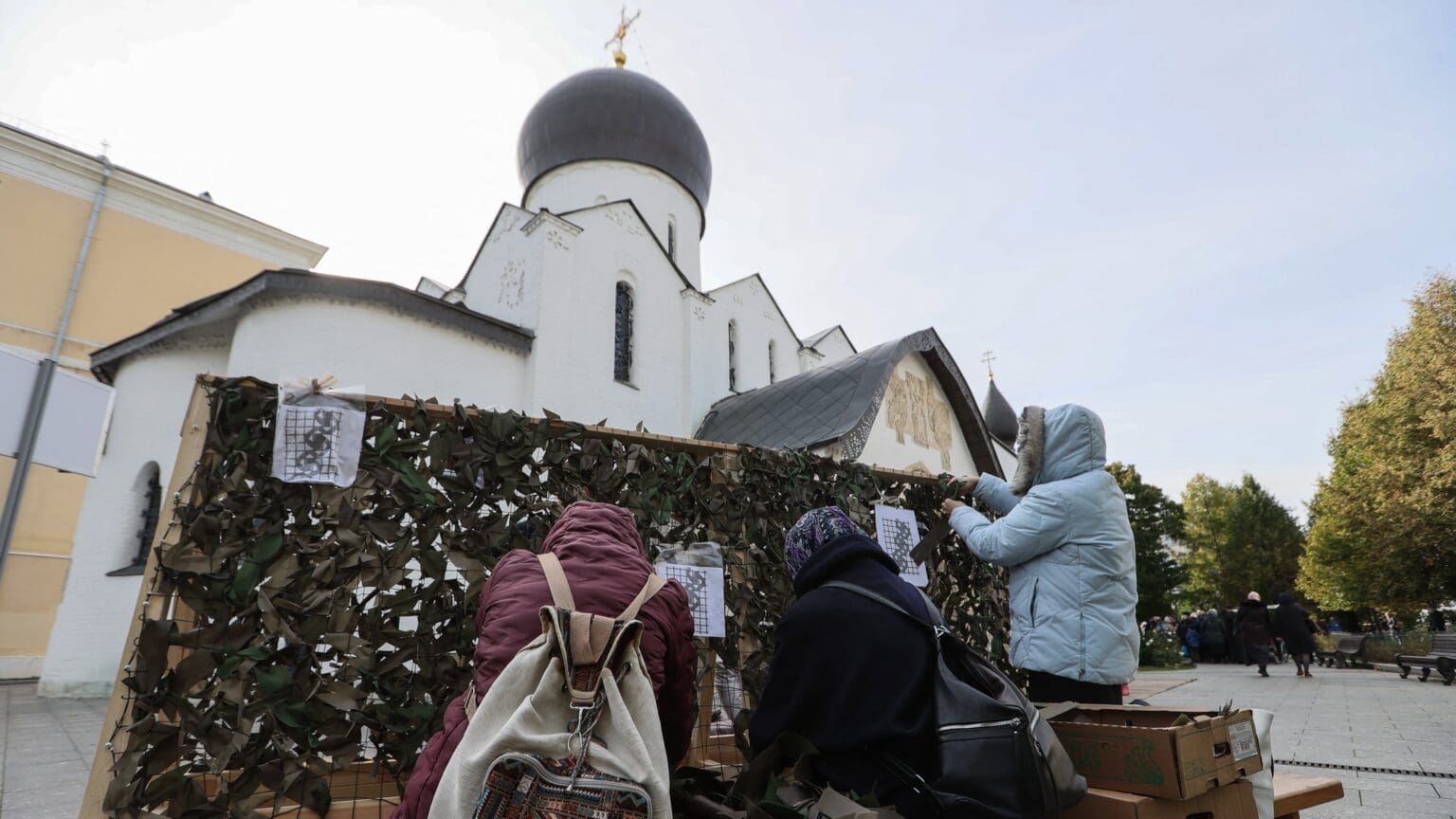
At the discussion Russia expert David Satter expressed scepticism about Russia being trustworthy regarding keeping the terms of a potential ceasefire, while Attila Demkó argued that Ukraine has already secured a great victory against Russia: it has not become a puppet state of Moscow.
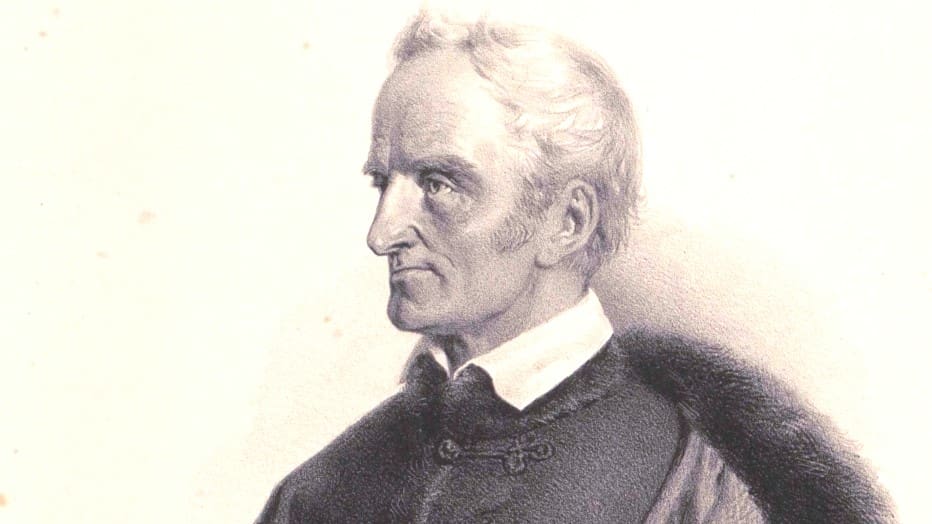
The question of a language strategy, and the need thereof, are important and highly debated topics in linguistics these days. Linguist, university professor Géza Balázs contributes to this debate with an insightful essay in the recent issue of conservative journal Kommentár.
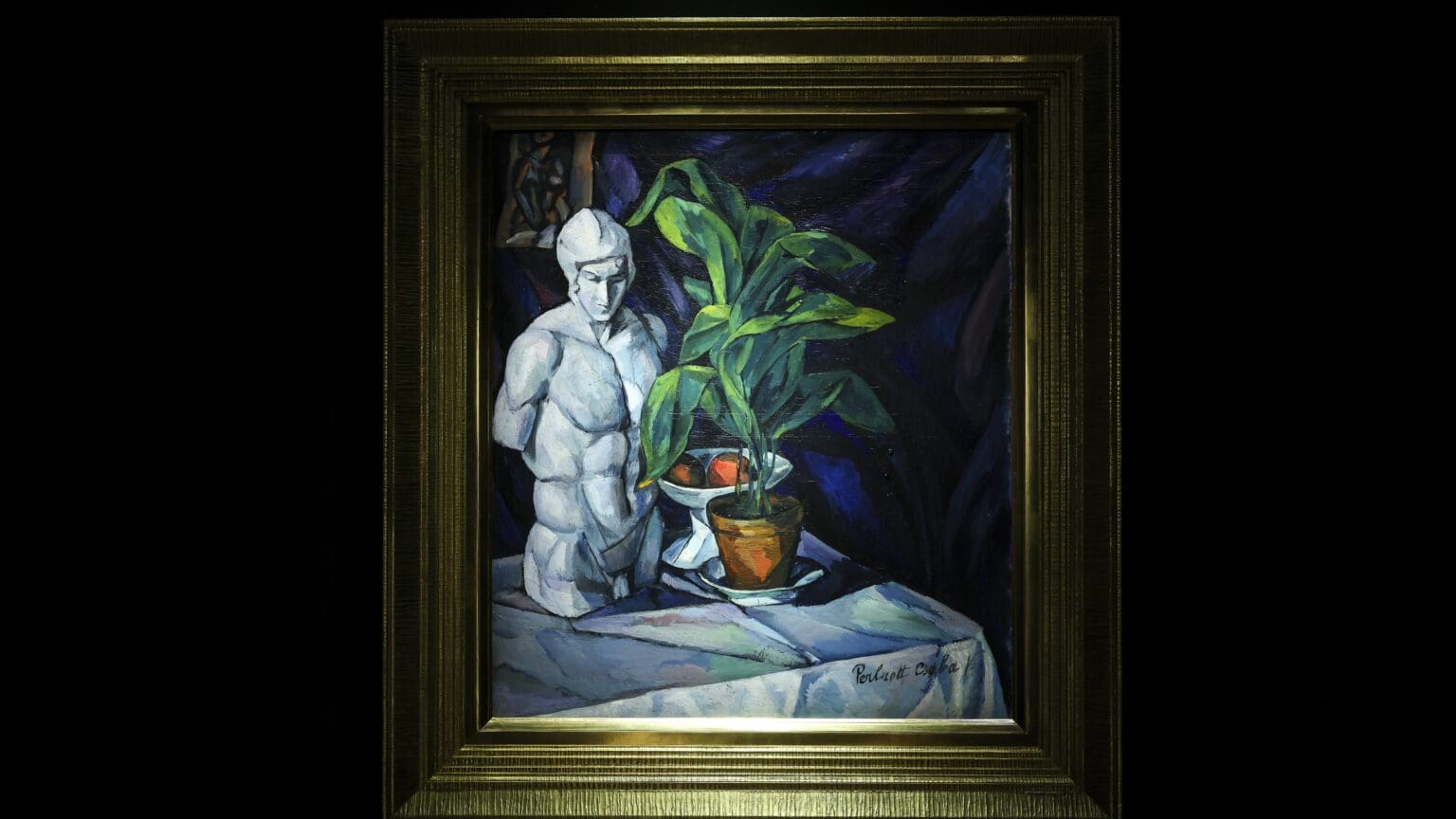
According to the Kieselbach Gallery’s statement, this artwork, which evokes the spirit of the Paris School, Cézanne’s blues, the antique sculptures of the Louvre, and Henri Matisse’s nude painting, is one of the most beautiful still lives in modern Hungarian painting.
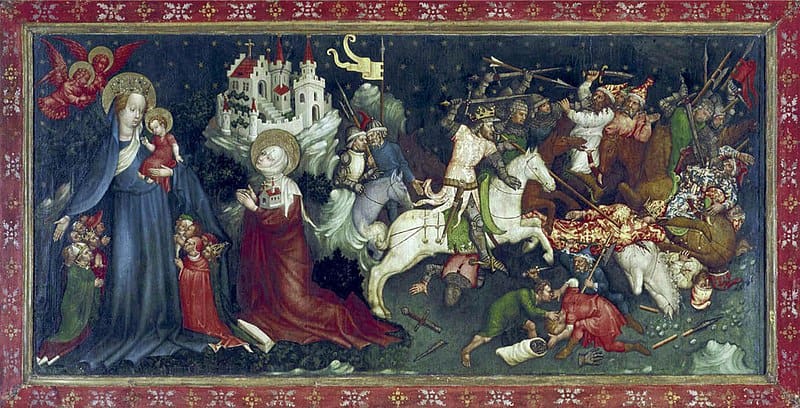
The Mariazell Basilica dedicated to the Virgin Mary is one of Austria’s most popular tourist attractions and a national pilgrimage site. Its foundation dates back to the mid-12th century, yet the construction and re-foundation of the present church in the 1370s was due to a generous donation from King Louis the Great of Hungary.
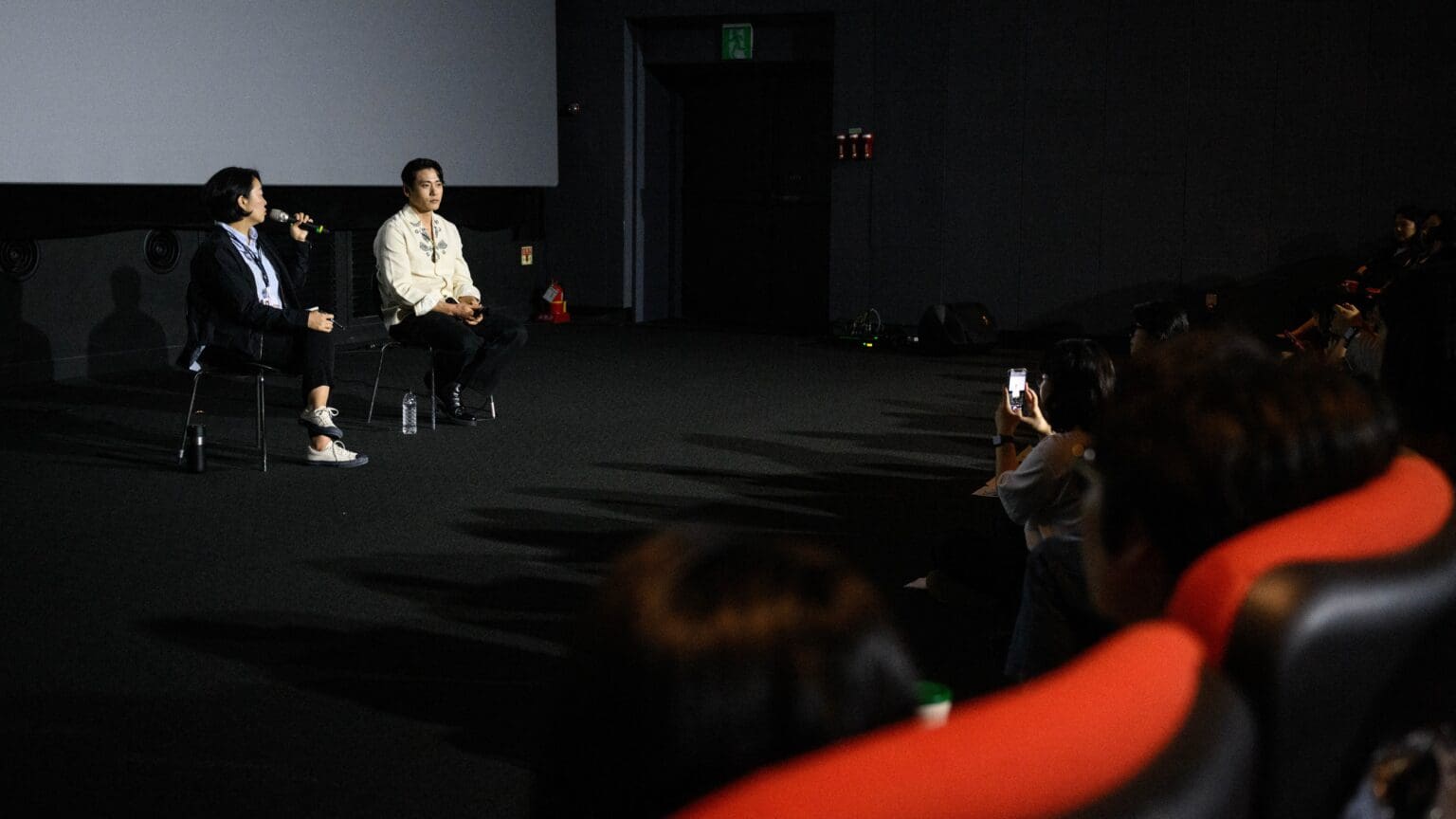
The opening film of the festival is Kim Hee-jung’s 2023 work titled Where Would You Like to Go? which, like the director’s previous films, deals with a profound life event and, more specifically, the altered perception of reality resulting from it.
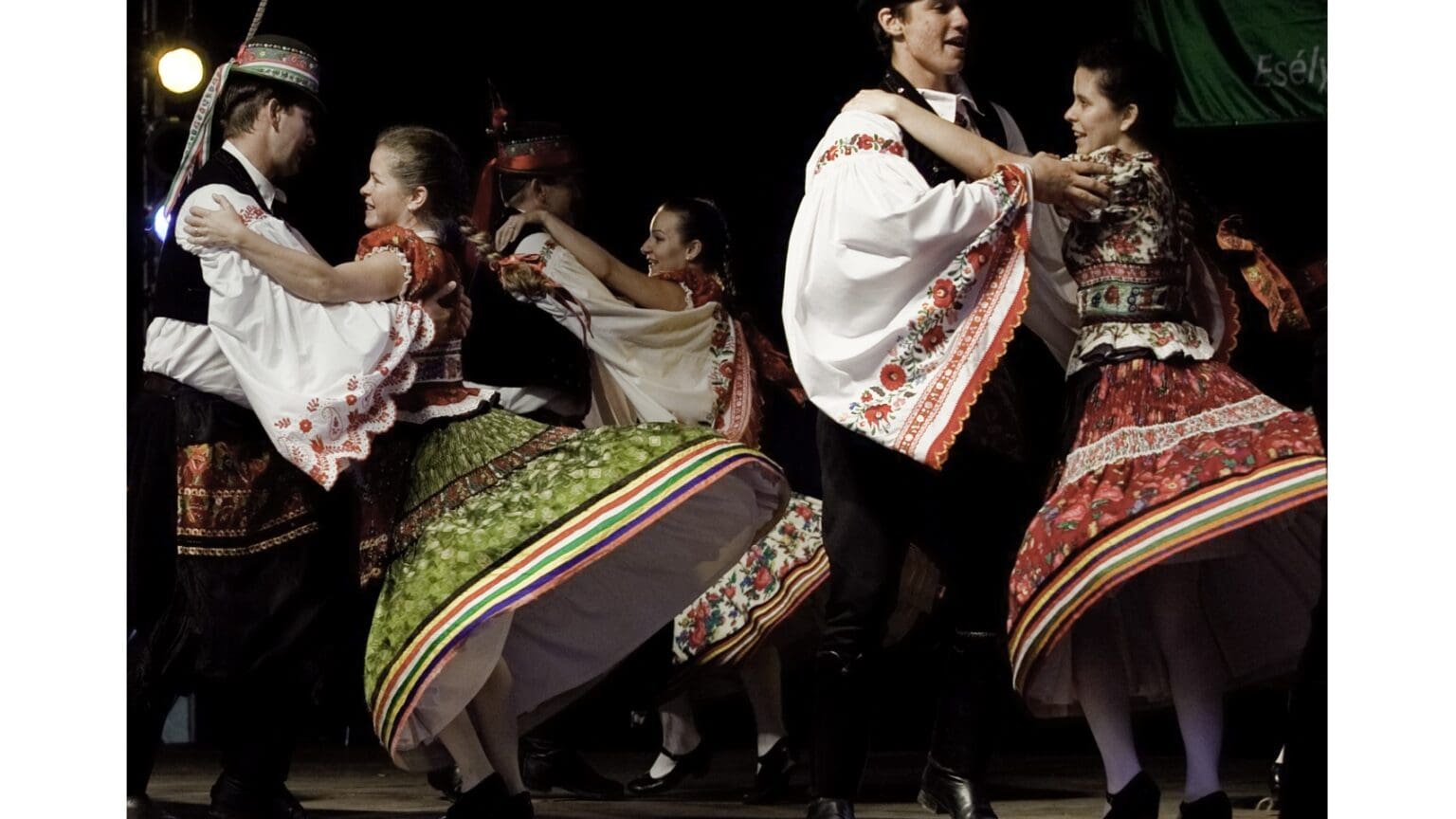
The first documented piece of Hungarian music dates back to the 11th century, thus recorded melodies have been an important part of Hungarians’ lives for a thousand years.
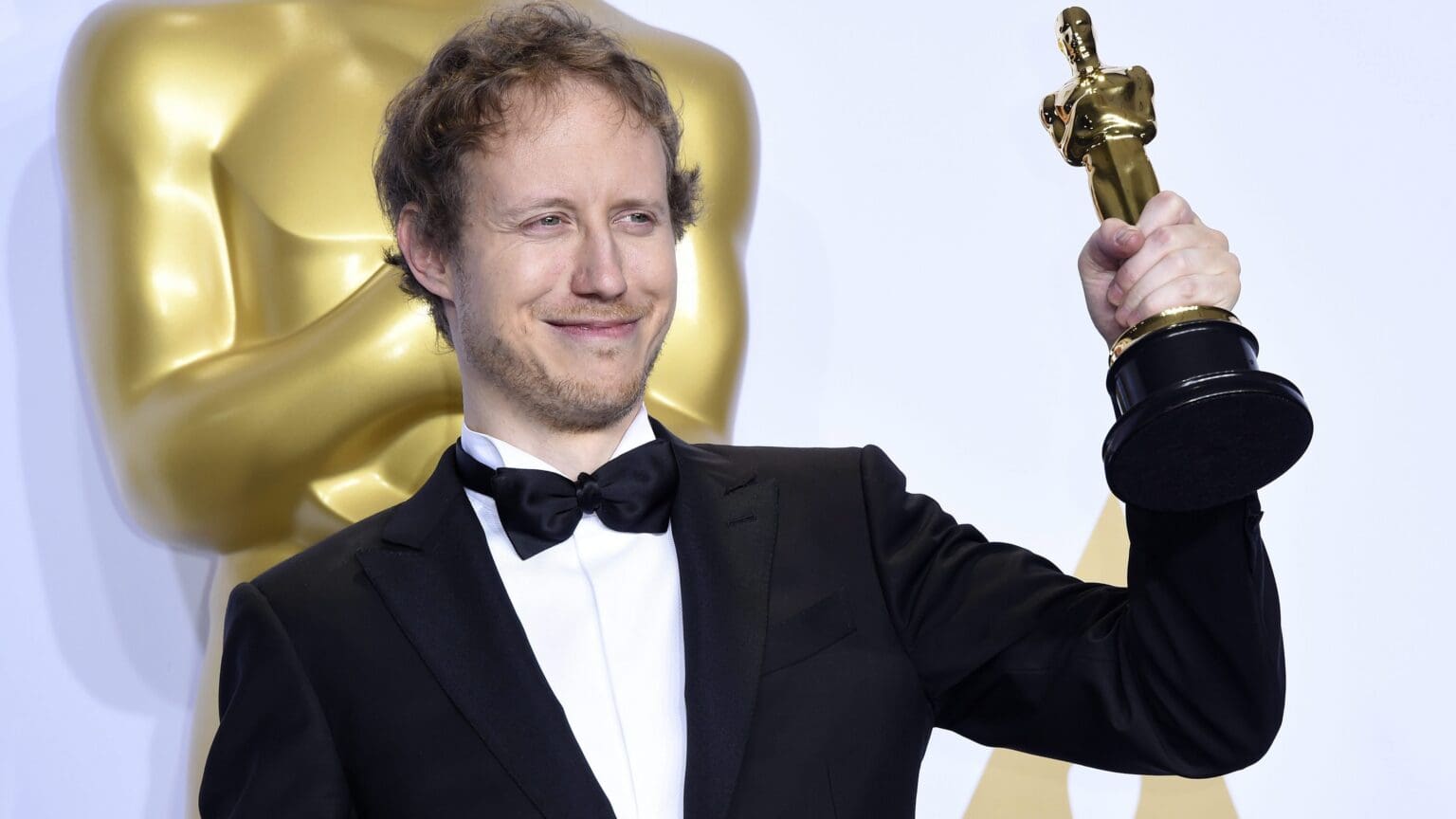
From Cat Catcher to The Witness and Son of Saul, the list of the ten best Hungarian films offered by The Budapester is a subjective, but very convincing one.

We are familiar with the phenomenon of Westerners embracing Eastern fighting traditions such as Wushu, Aikido, Japanese fencing, Filipino martial arts, and more. These people seek some rich traditions to connect to, and oftentimes romanticize them as being spiritually superior to the Western martial arts. Whereas there is nothing wrong with getting acquainted with other cultures, there’s no necessity to travel half of the globe in search of intricate, deep, and time-tested martial traditions spanning centuries.
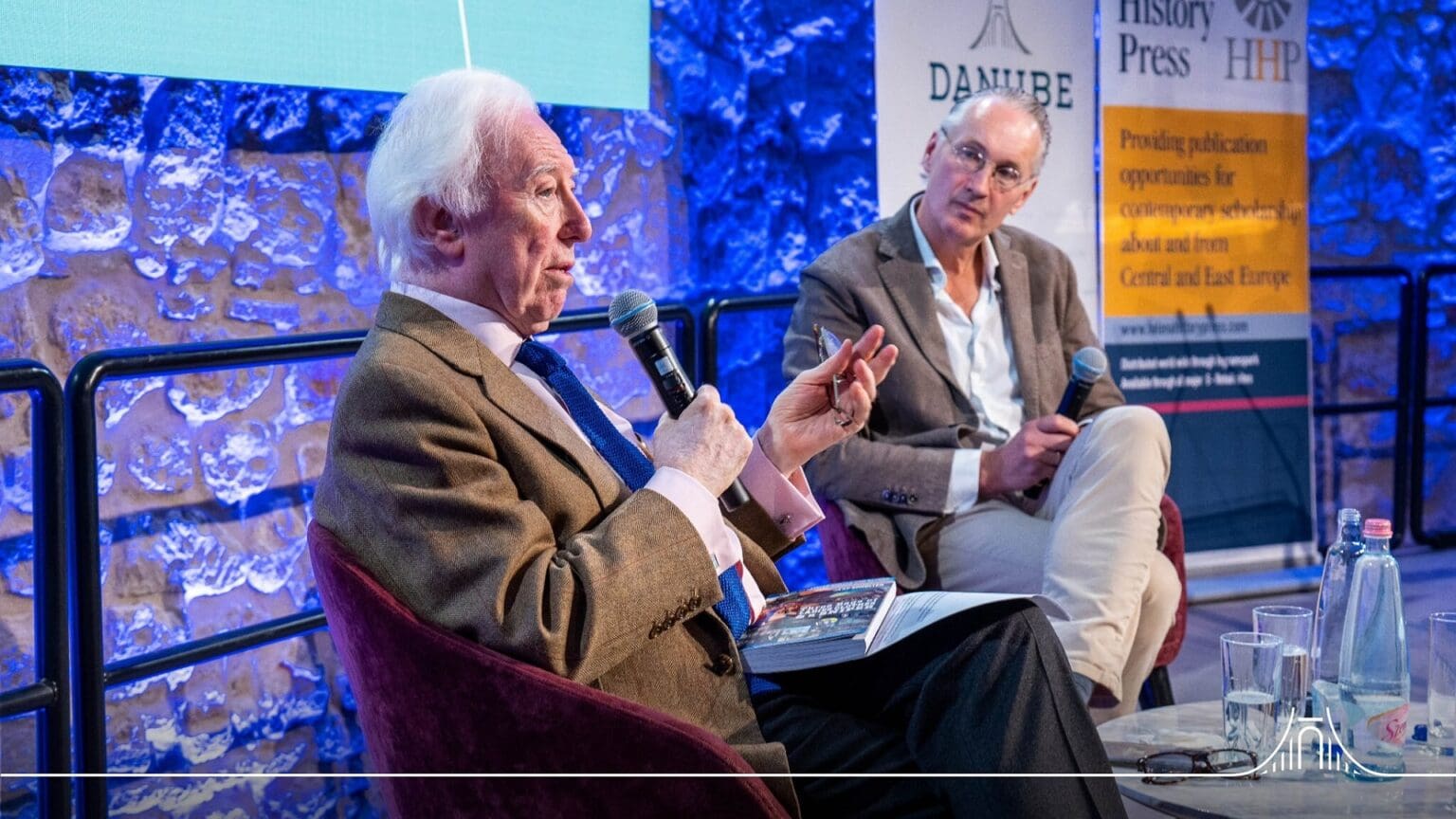
Recently, the Danube Institute co-hosted an event with Helena History Press where Danish author Jaap Scholten talked about his personal experiences while travelling throughout Ukraine in the first six months of the war.
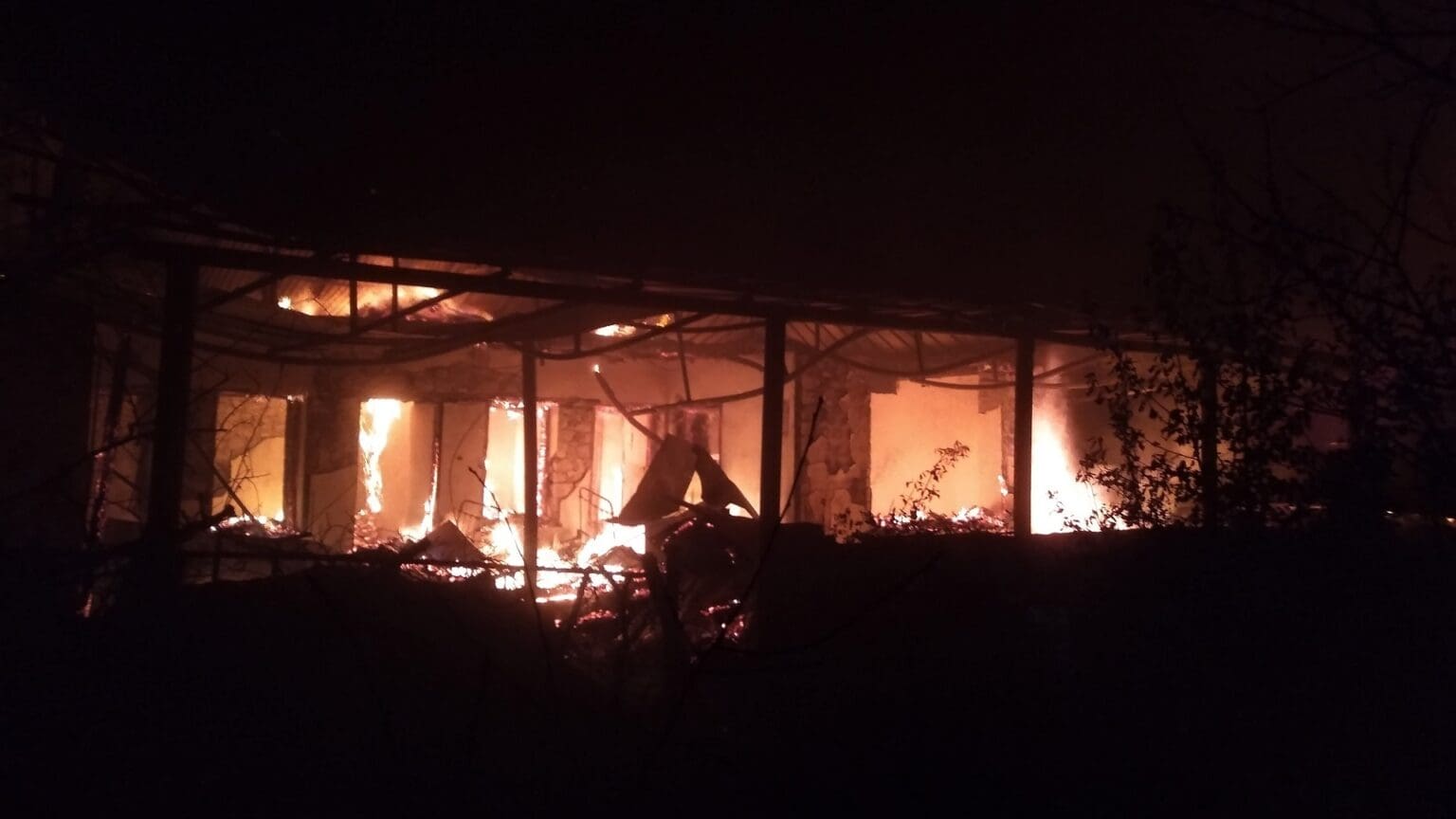
As an article by Premier Christian highlighted, for Armenians, leaving Nagorno-Karabakh is not just a geographical relocation, but also the act of severing ties with their deeply engrained cultural and religious heritage.
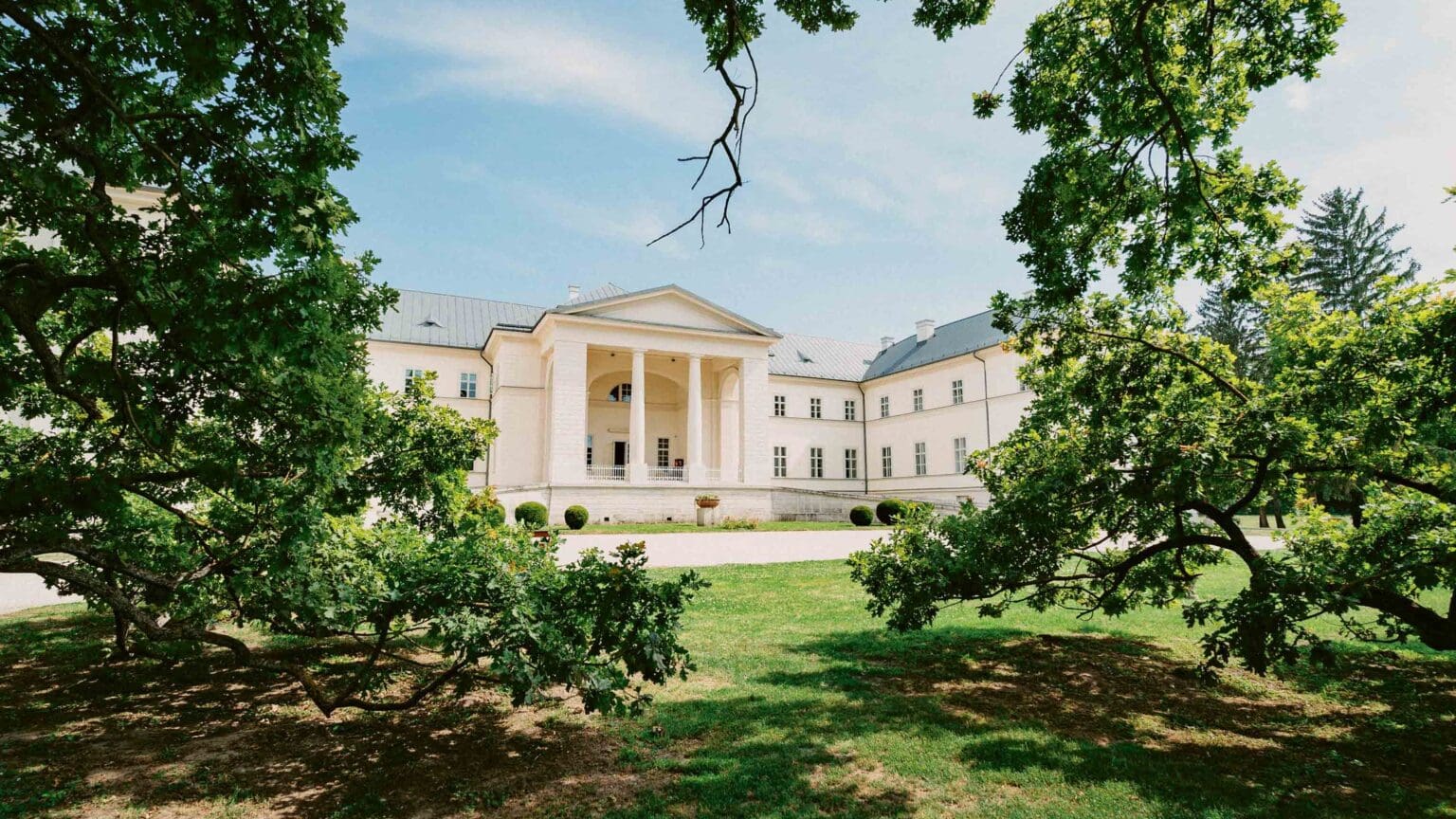
The history of the palace in Dég, Hungary is not only intertwined with that of the Festetics family, but also with Freemasonry in Hungary, as the palace’s builder, Antal Festetics, was the right-hand man of the movement’s Master Chief in the country. Magyar Krónika paid a visit to the newly renovated Festetics Palace in Dég.